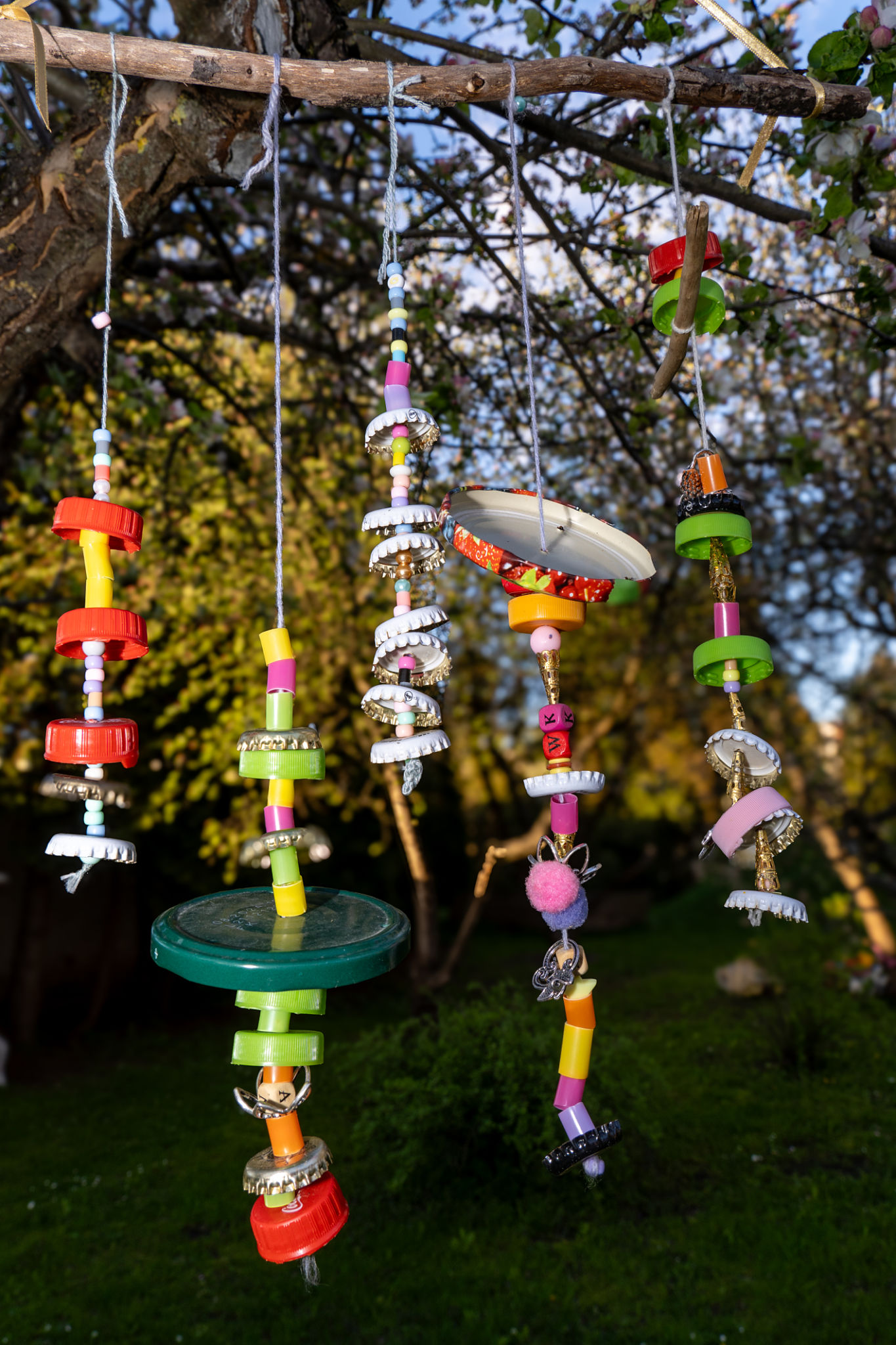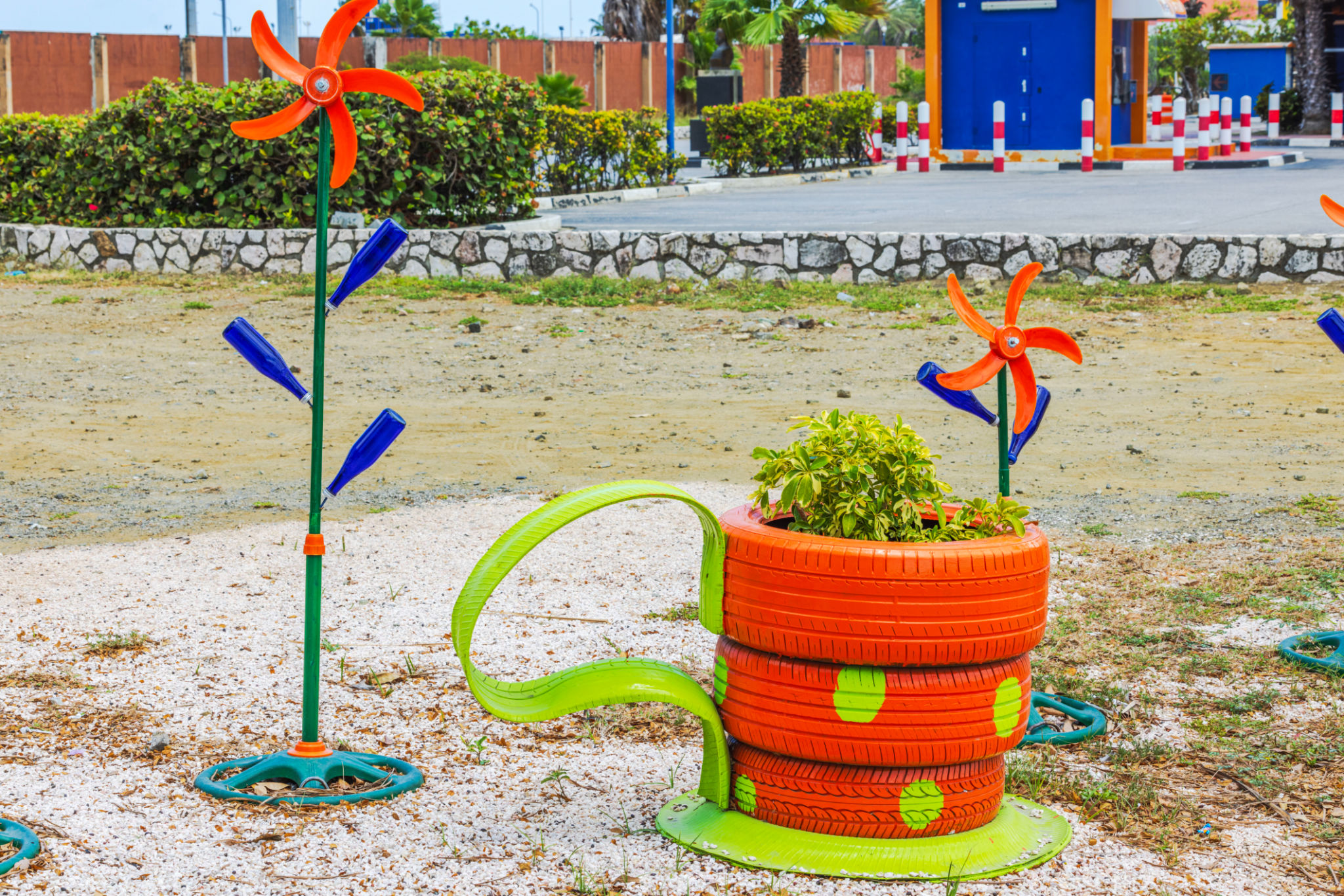How to Incorporate Up-Cycled Materials into Your Art Projects
Understanding Up-Cycling in Art
Up-cycling is an innovative process of transforming waste materials or unwanted products into new materials of better quality or for better environmental value. This concept is especially relevant in art, where creativity knows no bounds. By incorporating up-cycled materials into your art projects, you can produce unique and environmentally friendly pieces that stand out.
Artistic up-cycling not only helps reduce waste but also encourages a shift in perspective towards sustainability. Artists who embrace this practice often find that it adds a new dimension to their work, allowing them to explore different textures and forms.

Finding Inspiration with Everyday Objects
Scouting for Materials
The first step in incorporating up-cycled materials into your art projects is to scout for resources. Begin by examining everyday objects around you. Household items, discarded clothing, old magazines, and even electronic waste can be transformed into artistic treasures. Visit thrift stores, garage sales, or recycling centers to expand your collection of potential materials.
Reimagining Conventional Uses
Once you have gathered your materials, the next challenge is to reimagine their conventional uses. An old bicycle wheel can become the centerpiece of a sculpture, while pieces of fabric might form the basis of a collage or quilt. Let your imagination guide you as you experiment with different combinations and configurations.
Techniques for Up-Cycling in Art
Collage and Assemblage
Collage and assemblage are popular techniques in up-cycled art. These methods involve combining various materials to create a cohesive piece. Use old newspapers, photographs, and fabric scraps to build layers and textures. The key is to play around with colors and shapes until you achieve the desired effect.

Sculpture and 3D Art
Sculpture offers a fantastic opportunity for up-cycling, as it allows artists to incorporate a wide range of materials. Metals, plastics, and wood can be repurposed to create stunning three-dimensional pieces. Consider using wireframes to support your structures or glue to bind materials together securely.
Benefits of Using Up-Cycled Materials
Environmental Impact
One of the most significant benefits of using up-cycled materials is the positive environmental impact. By repurposing waste, artists contribute to reducing landfill and minimizing resource consumption. This approach not only supports sustainability but also raises awareness about environmental issues through art.

Cost-Effectiveness
Up-cycled art can also be more cost-effective than traditional methods. Since many materials can be sourced for free or at a low cost, artists can save money while still creating high-quality works. This accessibility allows artists of all backgrounds to experiment and express themselves without financial constraints.
Showcasing Your Up-Cycled Art
Once your masterpiece is complete, consider showcasing it in a gallery, local exhibition, or online platform. Up-cycled art often sparks conversations and encourages others to think about sustainability in new ways. Sharing your work can inspire others to explore up-cycling in their own creative endeavors.
Incorporating up-cycled materials into your art projects is not only an opportunity to create unique pieces but also a chance to make a positive impact on the world around you. Embrace the possibilities and let your creativity flow as you transform the ordinary into the extraordinary.